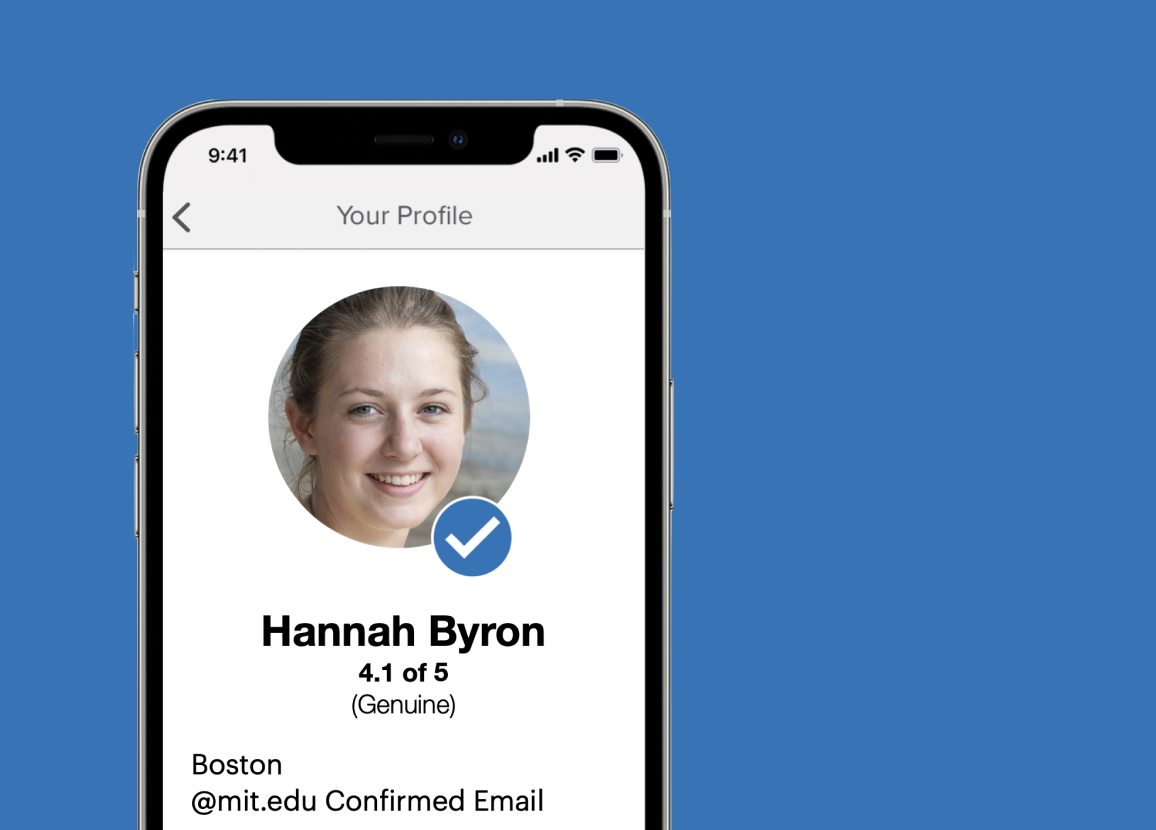TruAnon uses Weavechain for Verifiable
Proof of Identity
to increase customer trust
Challenge
How to prove TruAnon’s verified identity ownership attributes from within external applications.
Solution
Create signed verifiable credentials using Weavechain so users can cryptographically prove ownership without exposing private data.
TruAnon is a distributed identity platform that builds trust. It lets people create, automate, and update their identity without compromising privacy. This keeps identity safe from being bought and sold while helping us connect with other trustworthy people while using social media online.
CHALLENGE 1
Bringing TruAnon certifications to other apps
After verifying asset control, TruAnon reflects confidence from confirmed accounts and profiles that owners choose to publicly present. This unbiased Rank/Score quantifies the legitimacy of these claims in real time.
Weavechain lets those users easily issue QR codes and Verifiable Credentials of asset ownership signed by TruAnon using W3C cryptographic standards that can be used in other applications. For example a private attestation that I live in New York City and own the @oelnaggar LinkedIn profile. Or a public attestation that I’m the owner of my LinkedIn profile, and that I'm a verified human having a high public trust score. This can even be used to answer private questions from properties such as my healthcare or employment accounts.
CHALLENGE 2
Creating private, partial presentations of ownership
The most sensitive identity attestations should be private and highly specific. TruAnon lets users choose any combination of their data and use Weavechain to issue a signed, private Presentation of their Verifiable Credential for sensitive data sharing. For example, a user could apply for a loan by submitting a Presentation with a validated home address and a validated @microsoft.com Email address to prove their employment. That same user could attest that they’re a Microsoft employee who owns the @cryptolover Twitter handle before speaking at a conference. This pattern lets you bridge the gap between privacy and trust.


